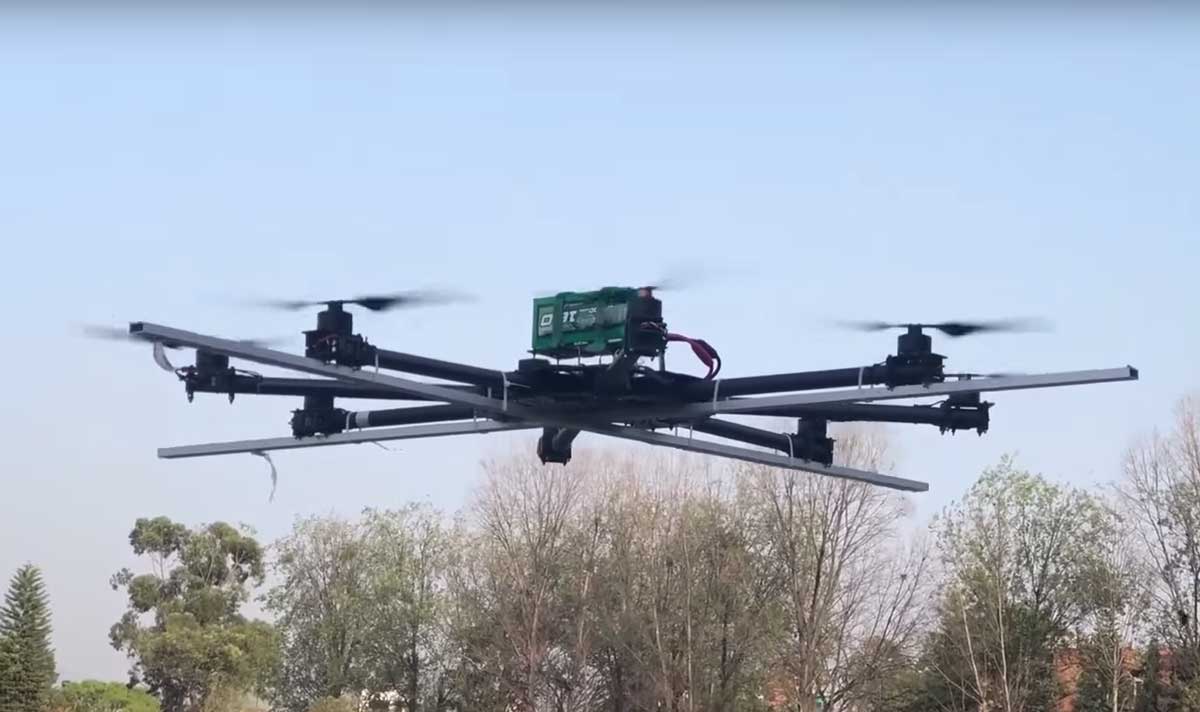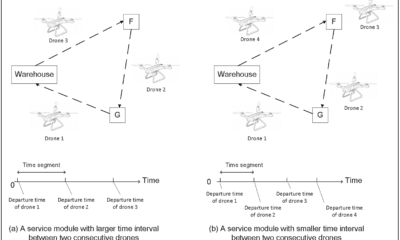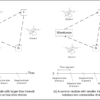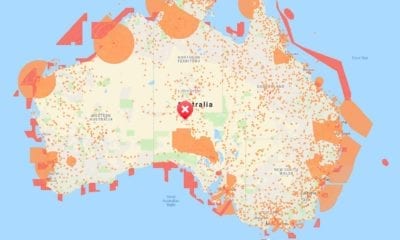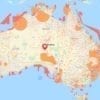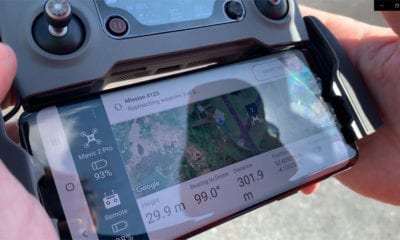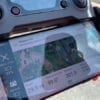Nepali Drones to Deliver Much Needed Medicine to Himalayas
A Medical Drone Project being implemented in Nepal has been called a ‘game-changer’ for rural healthcare by the United Nations Development Programme (UNDP).
Dr. Mahabir Pun, Chairman of the National Innovation Centre (NIC), Nepal, spoke with the UNDP in Nepal about the project that will improve health outcomes by making delivery of medicines and collection of laboratory samples to and from remote areas easier.
Drones are increasingly being used in areas to fill gaps of human limitations. Innovative use of unmanned technologies are becoming vital in assisting struggling health services to provide medicines to those in need.
In less-developed parts of the world, hospitals, pharmacies and and health facilities are finding themselves underfunded and ill-equipped. Often, distance and difficult terrains add to the immense hurdles the ill and aged must face in getting access to much needed medical supplies. As a result, health conditions are often well below that of the developed world, and mortality rates increase.
In a bid to improve the health of those living in these conditions, the not-for-profit company NIC has been seeking to find a solution. “We knew that we could not rely on the business-as-usual approach: we needed to identify a solution that made the best possible use of the latest advancements in technology. And so, the Medical Drone Project was initiated, with the fundamental motive of supplying medicines around the country and collecting laboratory samples from patients for pathological testing in a regular manner,” Pun explained.
To this end, approximately 15 young Nepali specialists – software developers, designers and advisers – have been commandeered to work on the project, and Pun says the first prototype is expected to be established in Myagdi very soon.
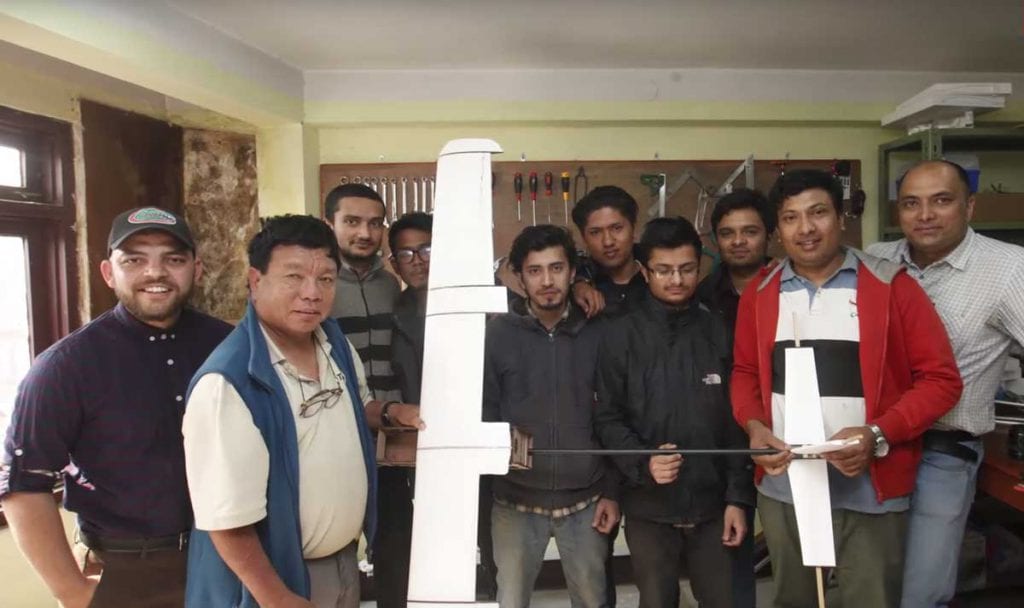
The drone development team with Mahabir Pun at the National Innovation Centre | Nepali Times/Youtube
Speaking with Reuters, Pun also said he has high hopes for the scheme becoming a source of employment for such young Nepalis, allowing them to stay in their home country rather than move overseas.
“It was designed, fabricated and assembled by the innovative young college graduates in our lab to keep costs low,” he said.
“This way I am trying to promote innovation among the young engineers and contribute to slow the trend of people leaving Nepal for jobs abroad.”
There is one catch however – in Nepal, there are strict regulations on the use of drones, such as a maximum distance from the operator of 500m – so Pun hopes to work with authorities to ensure the success of the scheme.
Pun’s long-range drones may travel up to a distance of 45 km, while drones designated for the short range flights will only fly within a radius of 15 km.
“Using autonomous drones in this manner is expected to ease and improve the process of delivering medicines and retrieving samples to and from patients, thereby contributing to more timely, effective treatment and better health overall,” Pun said to the UNDP.
Regardless of the constraints in Nepal of accessing Government funding, Pun and his team are proud to have implemented this project.
“Part of what drives us to keep going is the desire to put a stop to the persistent draining of the country’s young working force to foreign countries—NIC is committed to creating opportunities that will encourage youths to make use of and prosper from utilizing their skills and competencies on home soil,” he says.
Initiatives like the Medical Drone Project are sure to have a significant impact on Nepal’s people. Pun says that outcomes such as a better future for rural growth through not only technology but also human resources of the nation itself will be instrumental in a positive future for Nepal.
He finished by saying, “Not only is the project guaranteed to be a game changer insofar as rural healthcare is concerned, but it also opens the door for similar innovations in the future seeking to address other major challenges of development in Nepal.”

